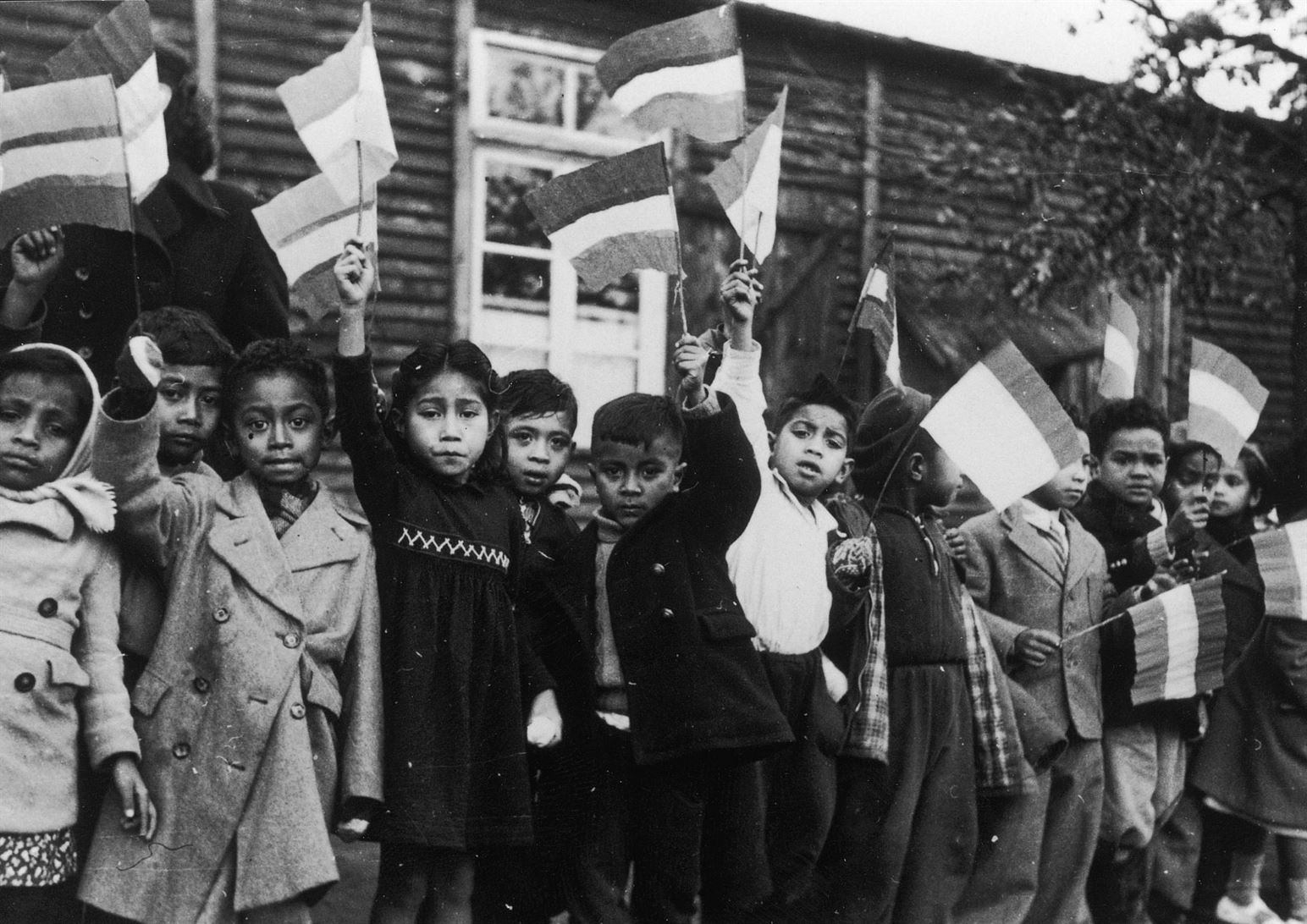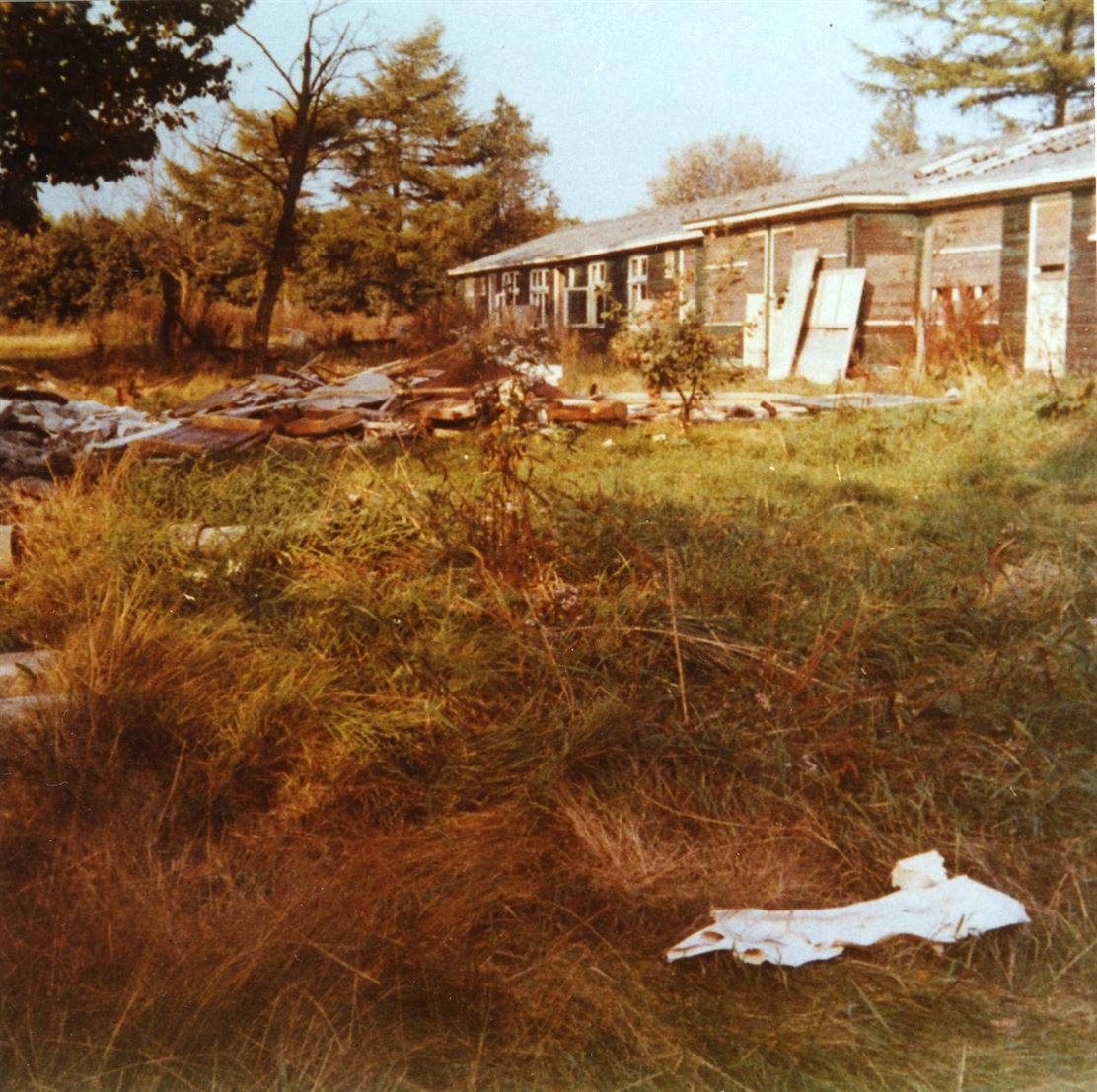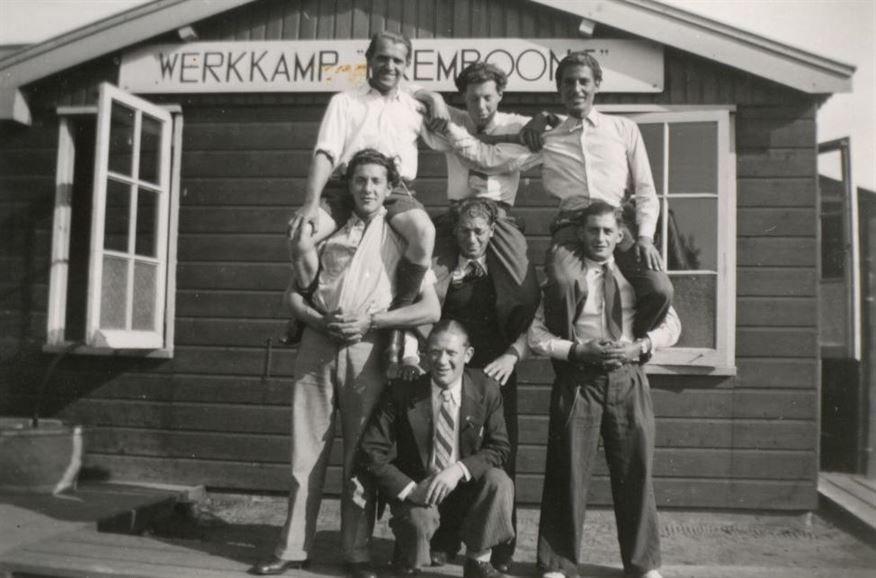Repatriation Camp

On 27 December 1949, the transfer of sovereignty of the Dutch Indies took place. Indonesia was an independent state from then on. Indo Dutch people – residents with ancestors from the Indies and the Netherlands – were forced to make a ‘choice’: staying in Indonesia or coming to the Netherlands.
The majority of the Indo Dutch had spent the war in Japanese internment camps. After the liberation on 14 August 1945, they had to remain in the camps. Indonesian independence fighters were targeting their lives. Many Indo Dutch people no longer felt safe and decided to leave to the Netherlands out of necessity. The Dutch government closed contracts with hotels and boarding houses for the first reception of these repatriates. The number of shelters wasn’t large enough, however, and they had to find new shelter opportunities. These were found in a few camps that were used by the Nazis in the war, like camp Westerbork. The locations were renamed: from then on, they would be ‘residential settlements’ and ‘reception centres’ rather than concentration camps. Westerbork now become ‘De Schattenberg’.
Ies Bloemhard-Bastiaans and her family arrived from Indonesia in Rotterdam on 5 July 1950. The next day, she was brought to the former camp Westerbork. ‘On board our ship, we got to know several people. So, we went to ‘De Schattenberg’ on buses with friends. Of course, we didn’t know what it was. I can tell you: it was awful, arriving in those hangars. And then we ended up in Schattenberg. I thought it was so terrible, I started crying. My oldest child said: “Mama cried all days”. I kept saying: “We are here on leave”.’
On 4 July 1950, the first repatriates arrived from Indonesia in ‘De Schattenberg’. Until November, new repatriates would arrive, by bus from Amsterdam or Rotterdam. Around Christmas 1950, the camp had 1,050 residents. They lived in two large barracks close to the camp’s entrance. The one barrack was for families, the other for singles and older children. Everyone tried to decorate their own corner, preferably on the sunny side of the barrack. The other side was cold and damp, as was also concluded by a committee that investigated the conditions in the residential settlements and reception centres. ‘There are important differences in residences. Some reside on the sunny side; there are also places that the sun never reaches. In our opinion, these are only intended for living as a last resort, and then only for families without small children and not for people of age.’
The residents were not allowed to cook themselves. Hot food could be collected once a day in the central kitchen. For additional wares, the residents could go to the Toko, just outside the camp. Two bakers supplied the store, two repatriates managed it. They sold all kinds of things: from underwear, smoked fish and ping pong balls to flowers. The most Schattenberg men weren’t hope during the week. As former KNIL soldiers, they served in the Dutch army and were deployed somewhere in the country. On Saturdays, they arrived at the camp, and on Sundays, they left again.
In March 1951, ‘De Schattenberg’ was cleared. There were new inhabitants in wait. The last Indo Dutch moved – very much against there will – to hotels and guest houses.







